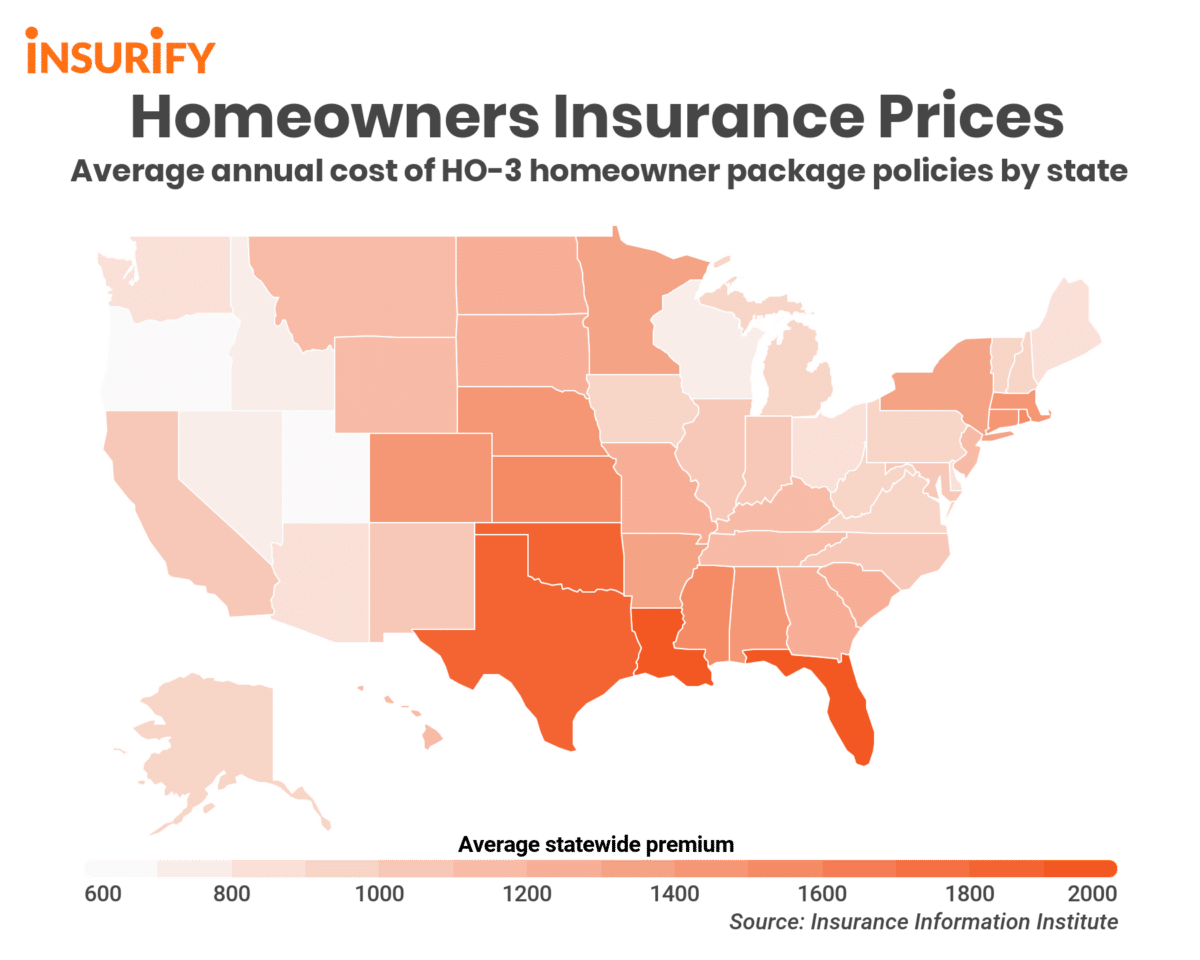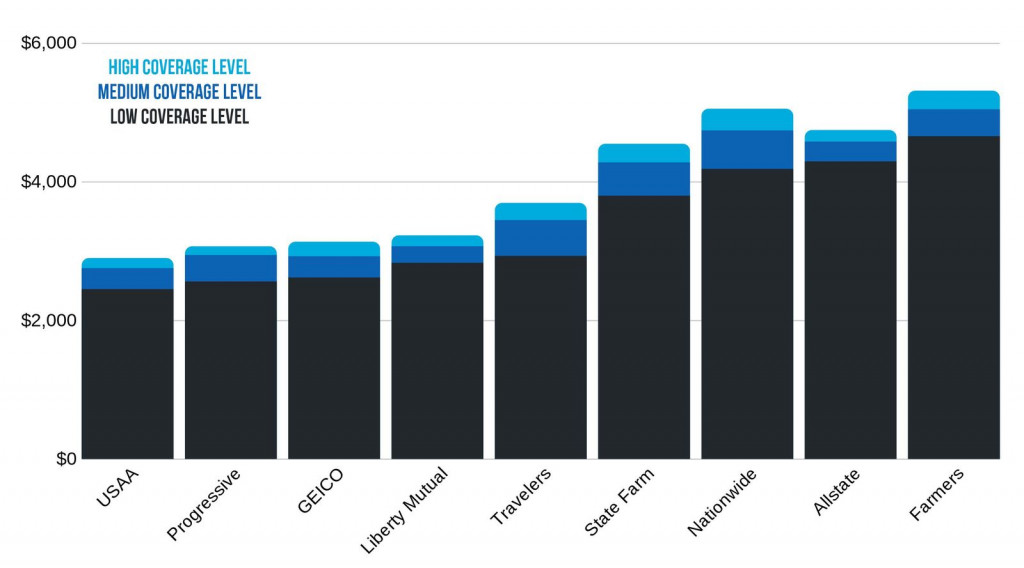
There are many different ways to find the best price on your home insurance. The best way to get the lowest premiums is to shop around. Although companies that are recommended by others will have lower premiums, they may not offer the same quality or coverage. The insurance premium is the amount you pay each year if you make no claims. The deductible, which is the amount you have to pay out of your own pocket before your insurance covers something, is another consideration.
Higher deductibles
A higher deductible may help you lower your home insurance costs if you have a low income homeowner. But, a higher deductible may mean that you have to pay more in out-of–pocket expenses. Make sure to estimate your monthly costs. Consider how much money you have in an emergency account.
Apart from paying the deductible amount you must also select the type of deductible. There are two basic types of deductibles: the fixed dollar amount deductible and the percentage deductible. Fixed dollar amount deductibles allow you to specify the exact amount, while percentage deductibles are determined based upon the property's value. You can also choose a split deductible, which allows you to have part of your coverage under a dollar amount deductible and some under a percentage deductible.
Lower coverage limit
A few questions will help you determine if you can reduce your home insurance coverage. The dwelling coverage limit is determined by your insurance provider based upon the replacement cost estimate for your home. If you are unsure whether the limit is sufficient, contact trusted homebuilders near your location and ask them to verify the details of your property. Once you've determined the correct limit, you can ask your insurance agent to adjust the amount.

It is possible that your dwelling coverage limit will not be sufficient for you to rebuild your house in its pre-disaster condition. The cost of replacement may go up due to inflation and higher labor costs after a natural event. Your policy limits are generally only updated once a month. If you think you'll need to rebuild your property in the future, your coverage limit can be increased.
High arson and burglary rates in cities
Property crime covers a broad range of crimes including arson, burglary and vehicle theft. Arson and burglary are two of the most common property crimes in the United States. However, there are other types.
Washington, DC, home to the highest rate of property crime, at 3,493 crimes for every 100,000 residents, was the best place in 2020. The city also had the highest violent crime rate, with 1,000 crimes per 100,000 residents -- more than twice the rate in Connecticut or Massachusetts. Maine had the lowest violent crime rate at just 8 percent.
Insurers offer discount
There are many different types of discounts that you can get when you buy home insurance. The discounts offered by your insurer may vary greatly depending on their policies. For example, State Farm provides a discount for customers who have been claim-free for five years. This discount can be incorporated into your policy's premium.
While some discounts you may get for purchasing home insurance can be cumulative, others are not. Insurers usually cap the savings at around 40%. Not all individuals are eligible for the maximum discount. The highest discounts are generally only available to those who have good credit and a clean track record. Insurance companies may offer discounts for certain attributes, such as zip code. A second way to save is by buying only the insurance coverage you require.

Choosing the cheapest provider
The best way to get the lowest rates on home insurance is to shop around and compare quotes. This can be done by visiting comparison websites. These websites let you enter some details about your home to compare different insurers. Many sites have reviews about insurers. It is crucial to find out the cost of replacement for your home when comparing insurance companies. This will impact the rate you pay. This estimate should be done every few years.
Another important factor is location. Different insurers may charge different premiums for the exact same policy. A different insurer might have lower premiums depending on where you live. For example, if your home is in an area where there is high crime, you might not be eligible for the same rate as someone who lives in a smaller city or town.